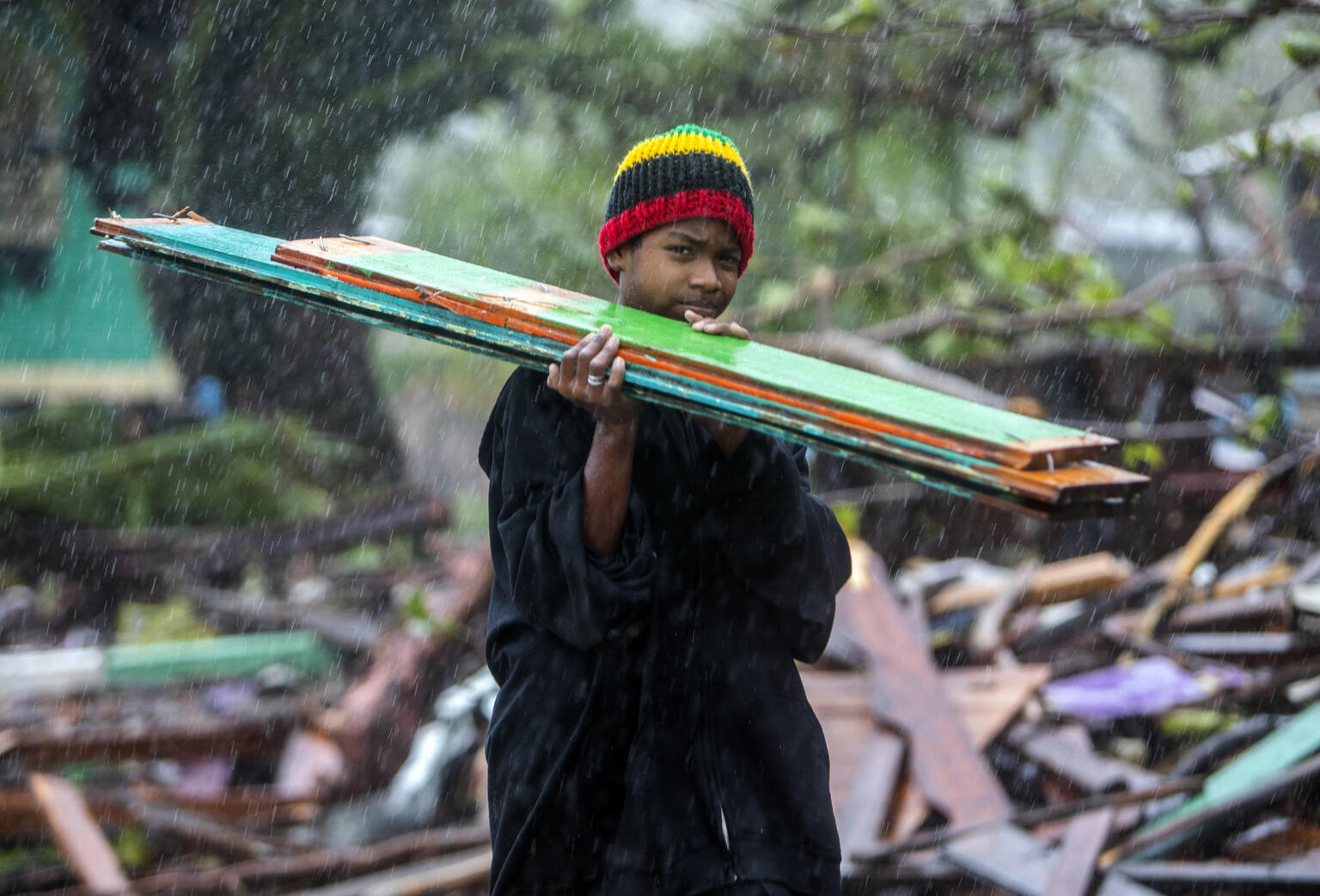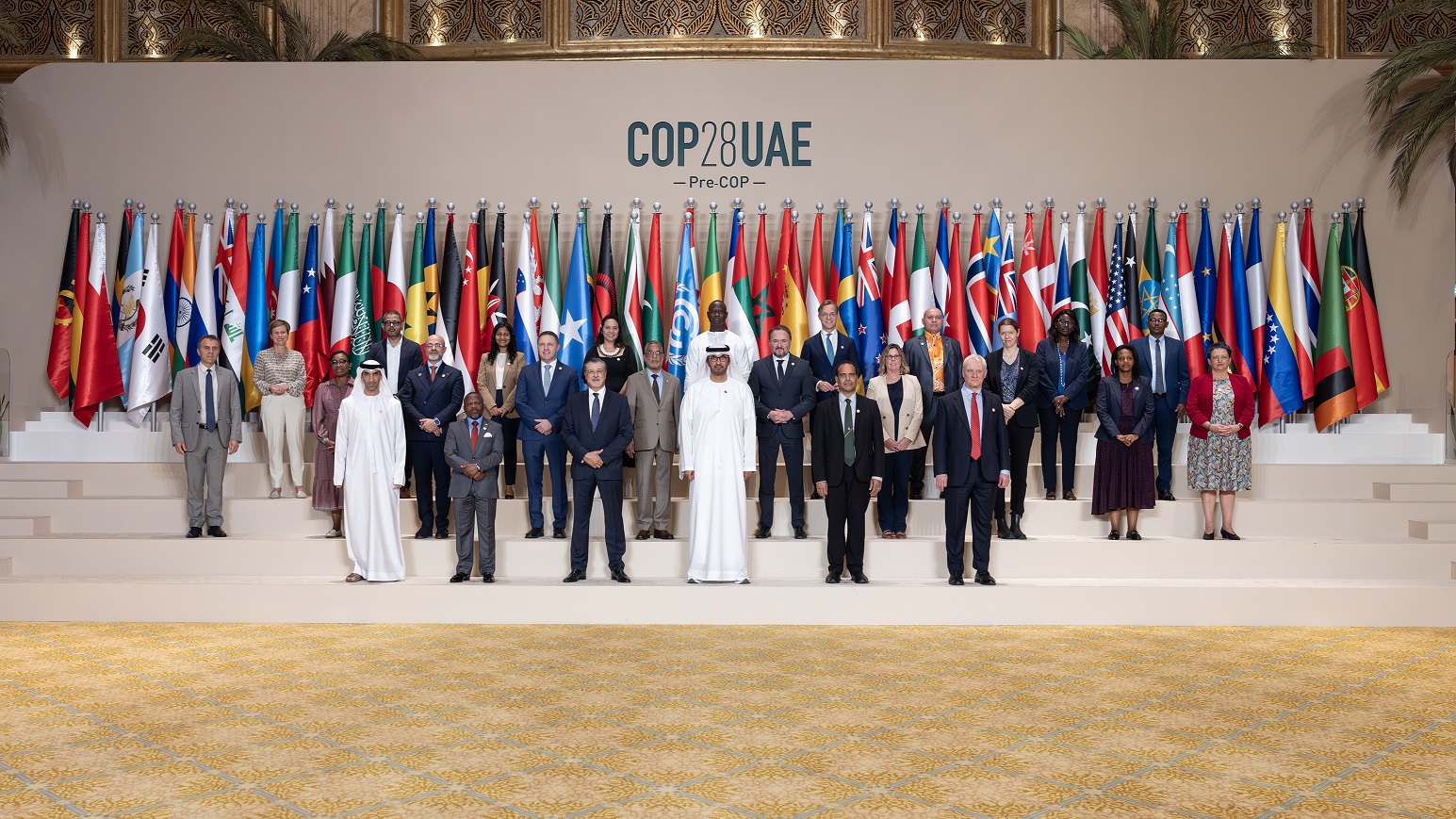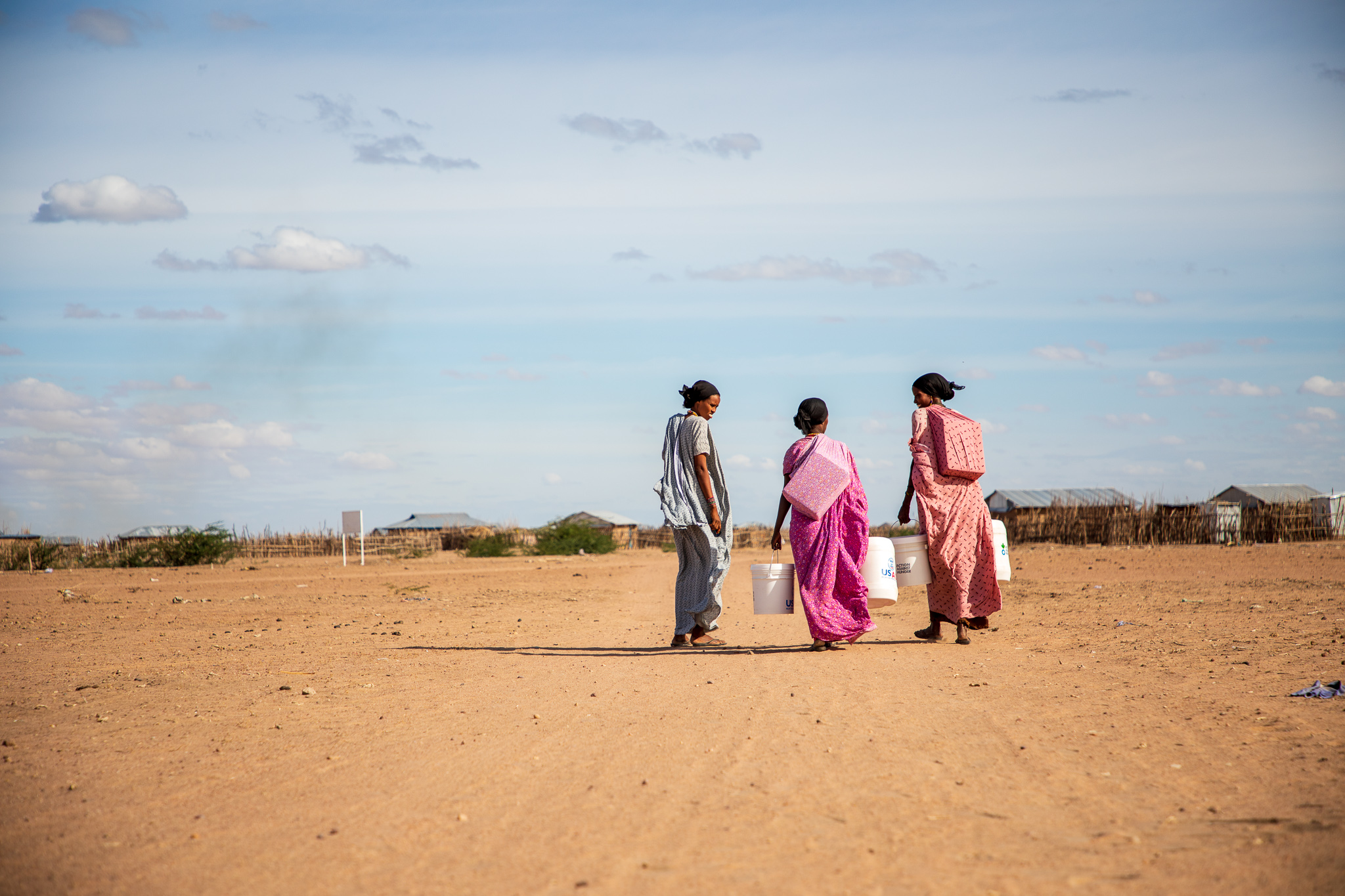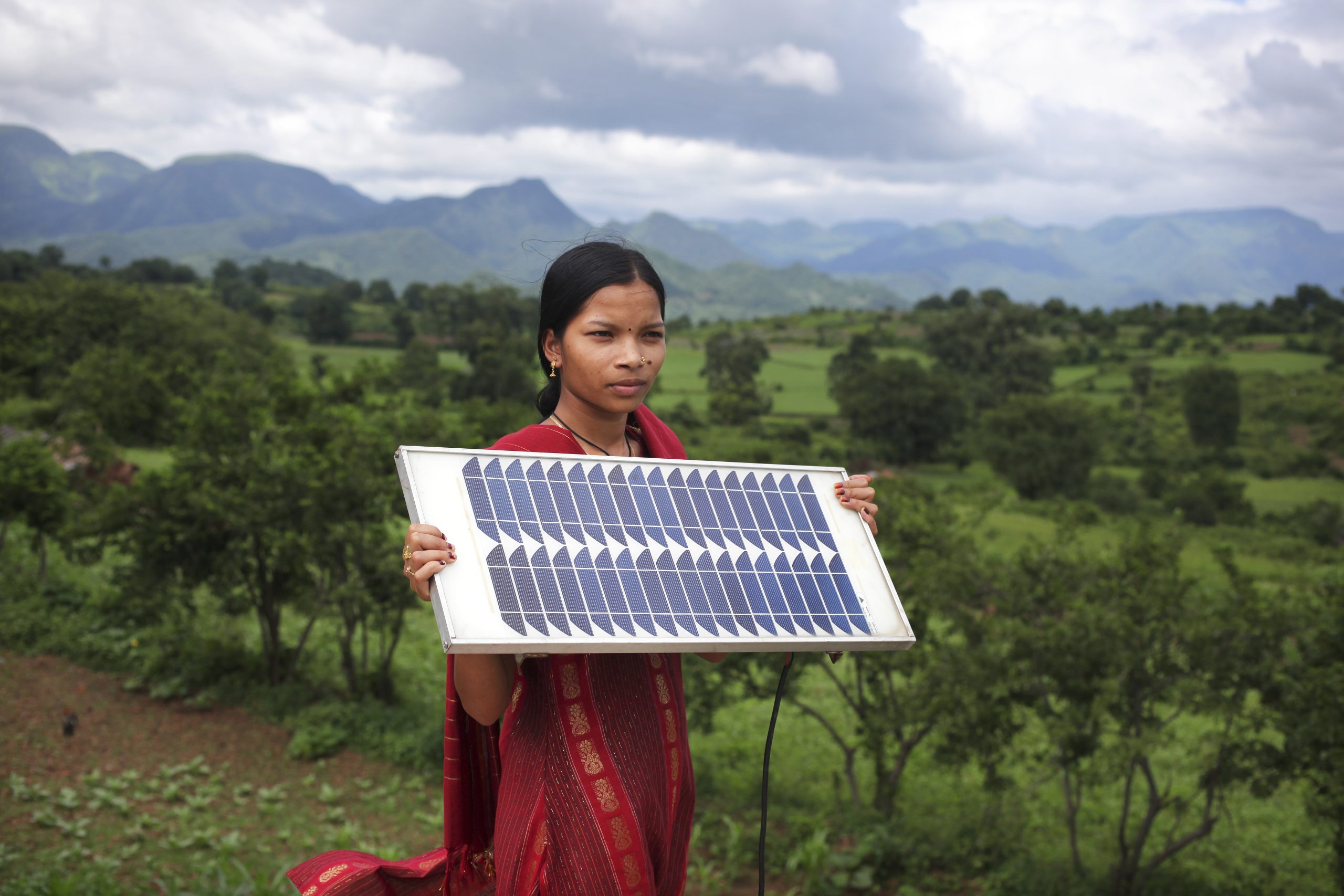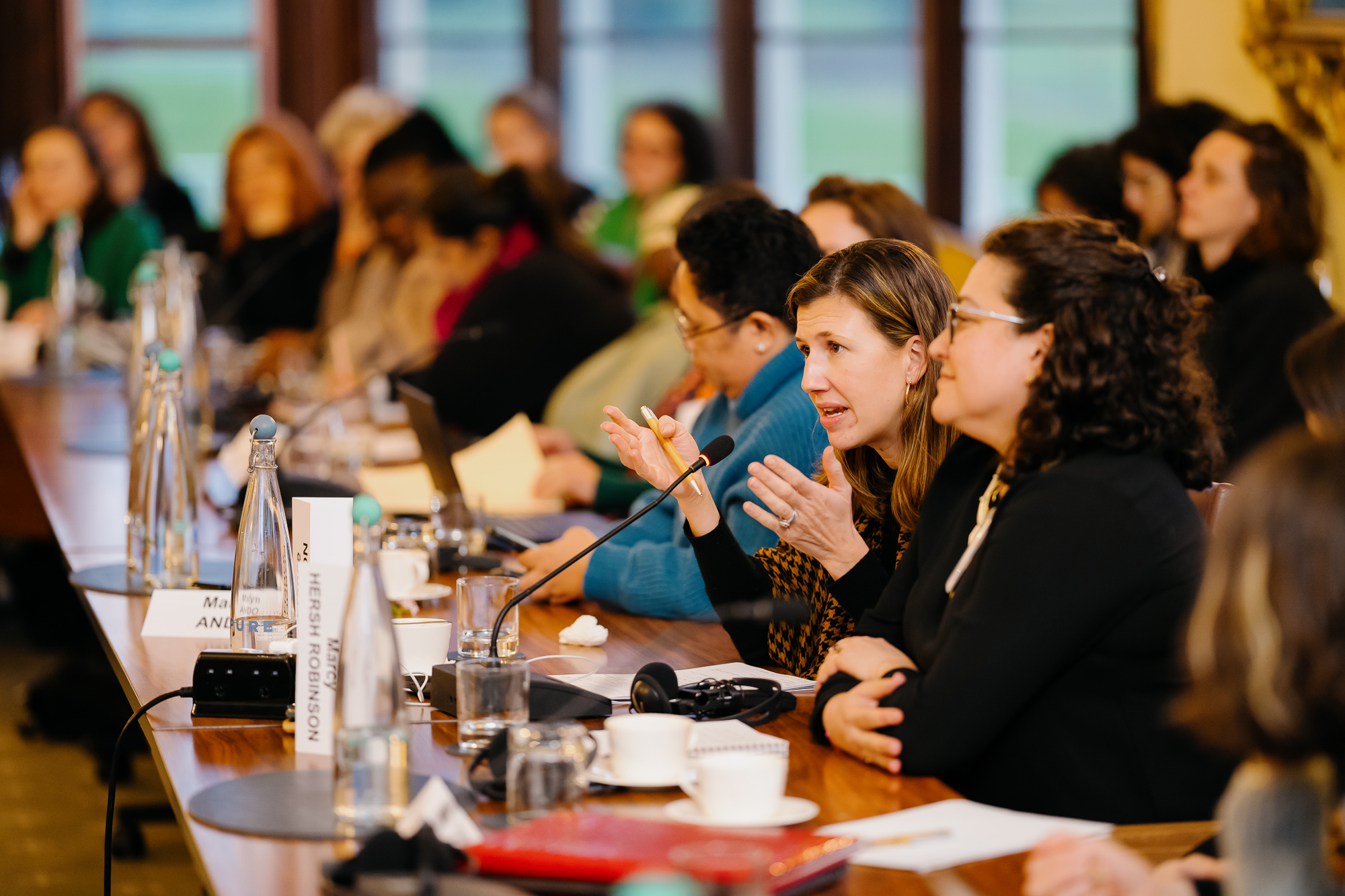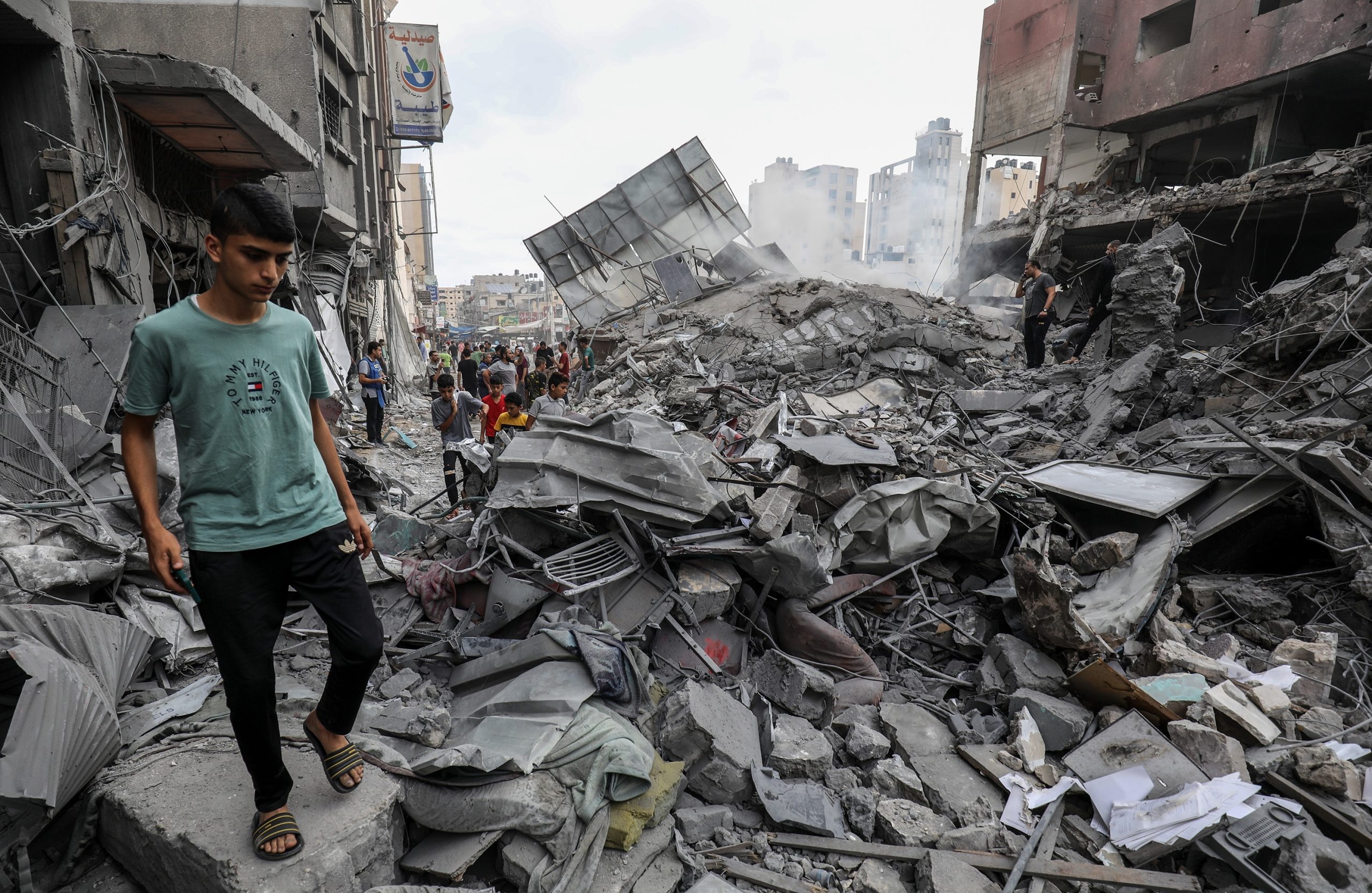Millions of children are already being driven from their homes by weather-related events, exacerbated by climate change. Decisions to move can be forced and abrupt in the face of disaster, or as the result of pre-emptive evacuation – where lives may be saved, but many children still face the challenges that come with being uprooted from their homes. In the context of slow-onset climate processes, displacement can be driven by an interplay of socio-economic, political, and climate-related factors. Decisions to move often occur in a context of constrained life choices and eroding livelihoods, where children and young people are trapped between aspirations and hopes, a duty of care to their families and communities, and pressures to leave home.
Displacement – whether short-lived or protracted – can multiply climate-related risks for children and their families. In the aftermath of a disaster, children may become separated from their parents or caregivers, amplifying risks of exploitation, child trafficking, and abuse. Displacement can disrupt access to education and healthcare, exposing children to malnutrition, disease, and inadequate immunisation, while overcrowded and under-resourced evacuation sites may be located in climate-vulnerable areas.
Yet to date, children displaced by weather-related events have been statistically invisible. Existing displacement data are rarely disaggregated by age, and in contexts where extreme weather events collide with rapid urbanisation, fragility, and conflict, children on the move are even more likely to slip through the cracks unnoticed. The lack of data hampers efforts to identify children most at risk to help them recover, thrive, and build resilience against future climate-related challenges.
To shine a light on the growing number of children displaced by weather-related events that are growing in intensity and frequency, and identify those most at risk, UNICEF and the Internal Displacement Monitoring Centre (IDMC), in partnership with the Patrick J. McGovern Foundation, analysed past child displacements linked to weather-related disasters from 2016–2021 and – based on IDMC’s risk model – estimated the risk child displacement in future.
The report analyses the most common weather-related hazards that lead to the largest number of displacements: floods, storms, droughts and wildfires. Together, these hazards account for over 99 per cent of all weather-related displacements recorded by IDMC since 2016, while hazards such as extreme heat, erosion and landslides, make up the rest.i Due to lack of available data, the analysis does not assess the full range of weather-related events that can contribute to displacement– particularly in relation to slower-onset climate processes. As such, these findings represent conservative estimates, and the actual numbers of climate-related displacements of children are likely to be much higher.
These new insights can assist governments, UN agencies, civil society and affected communities to identify children at risk of weather-related displacement, map the areas most affected and most importantly, target efforts and resources to the most vulnerable – to protect children’s futures from the impacts of displacement as the climate continues to change.
Taking into account a range of expert views and building on the findings UNICEF’s Children Displaced in a Changing Climate report published in October 2023, this conference provides a unique opportunity to bring together key players to explore some of the challenging questions raised.
In partnership with


